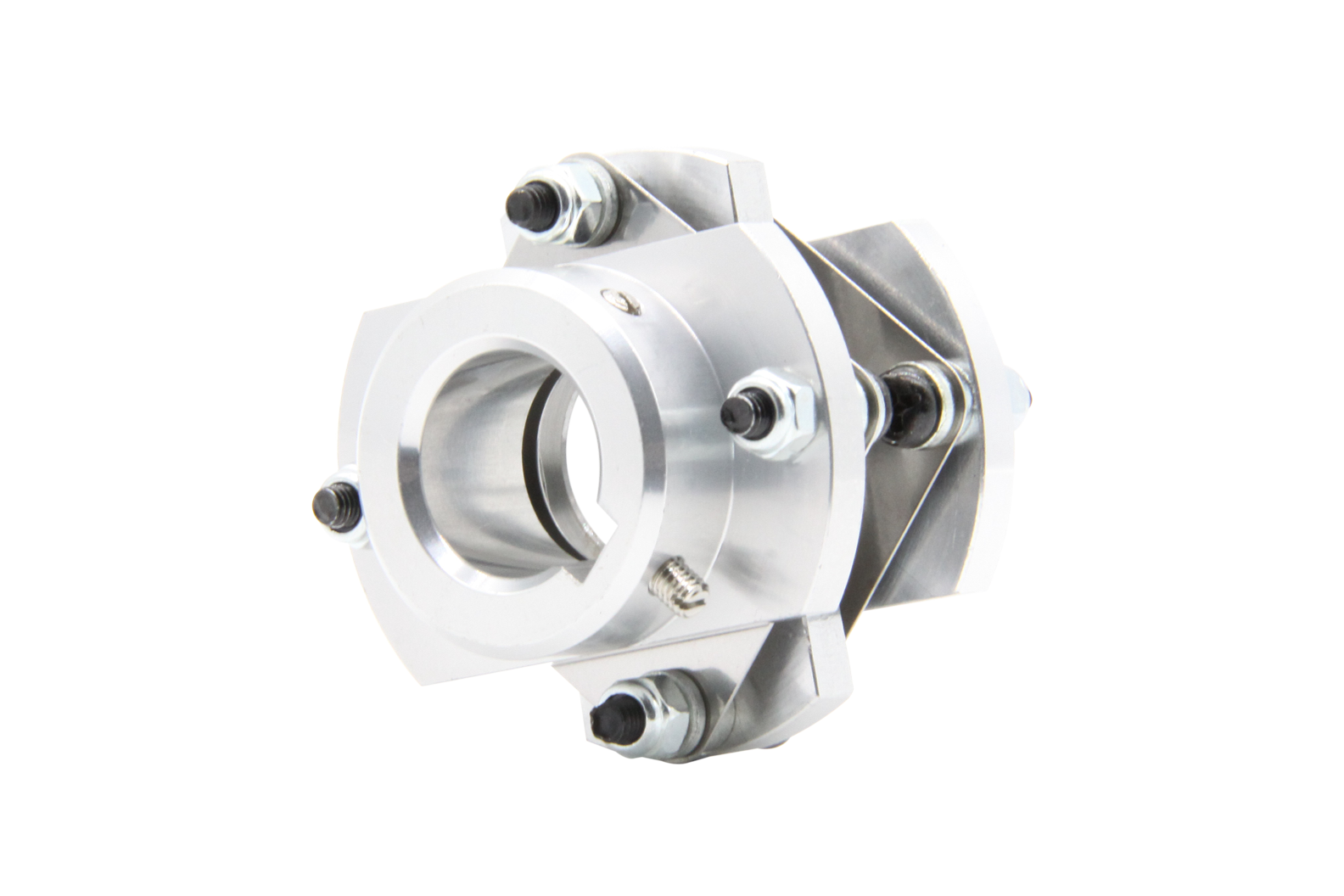The extreme temperature of the transformer is mainly determined by the heat resistance of the winding insulation.
The insulation material between the oil-immersed transformer windings is generally made of cable paper or other paper materials, which is Class A insulation, and the thermal temperature is 105 °C.
Dry-type transformers are often made of fiberglass insulation, which is Class B insulation and has a heat-resistant temperature of 130 °C.
If the temperature of the insulating material exceeds its limit temperature (ie, the extreme temperature of the transformer), the life of the transformer will be sharply shortened or even burned.
In the operation of the transformer, there is a hottest zone in the upper part of the winding, so the upper oil temperature of the transformer is higher than the middle and lower layers. If the upper oil temperature does not exceed the standard, the transformer can be guaranteed to operate normally. Since there is usually a temperature difference of about 10 °C between the upper oil temperature and the hottest zone temperature, it is generally prescribed that the upper oil temperature should not exceed 95 °C, and it is often controlled at 85 °C in actual operation.
The difference between the actual temperature of the transformer and the ambient temperature is called the temperature rise of the transformer. China's transformer manufacturing standards stipulate that the ambient temperature is 40 ° C. According to this standard, the maximum temperature rise of the transformer must not exceed 55 ° C. The temperature rise limit of each part of the transformer is: coil 65 ° C; iron core 70 ° C; oil (upper layer) 55 ° C. If the ambient temperature is below 40 °C, the transformer temperature rise can be appropriately increased.
a thing that joins together two parts of sth, two vehicles or two pieces of equipment.

Custom Coupling,Coupling Of Encoders,Useful Coupling,Latest Coupling
Yuheng Optics Co., Ltd.(Changchun) , https://www.yuhengcoder.com